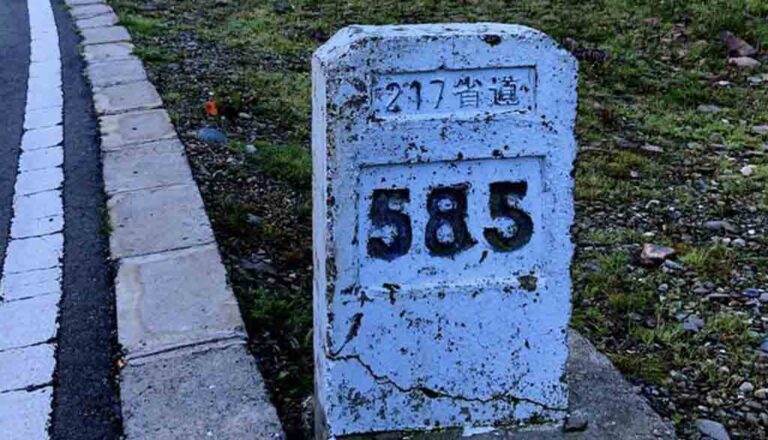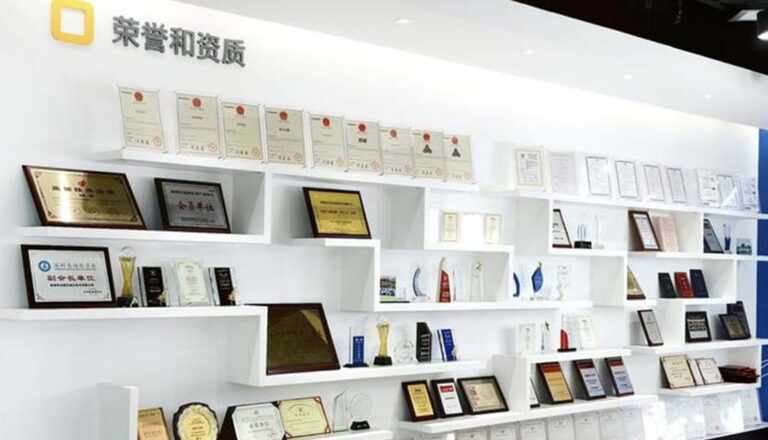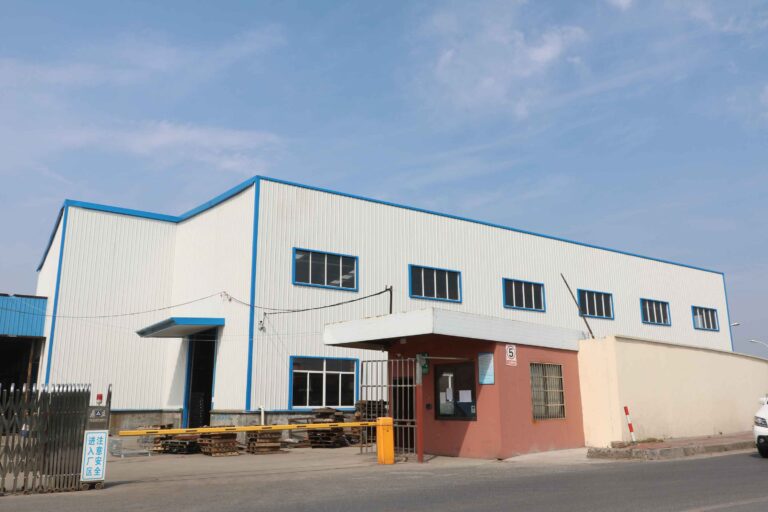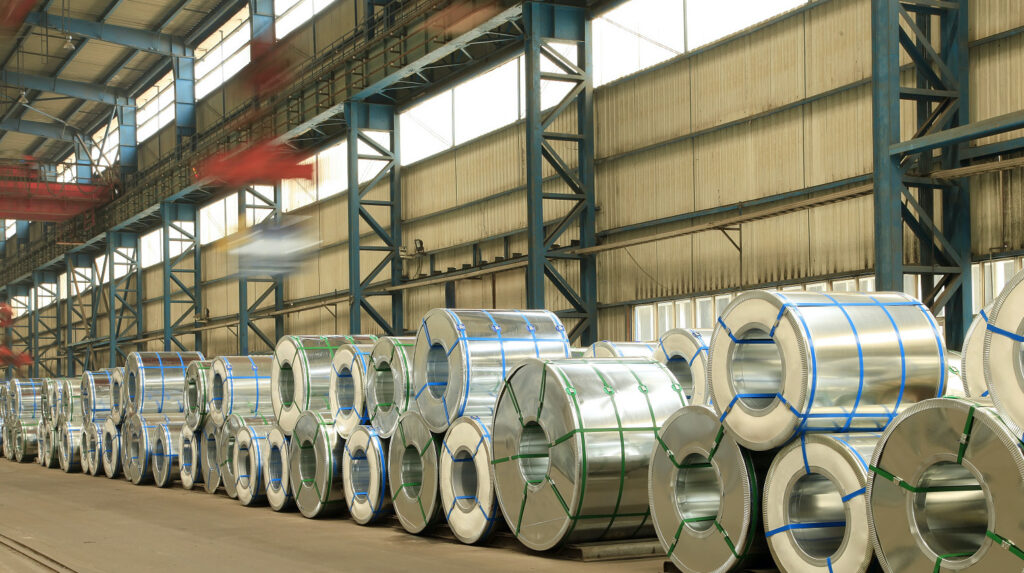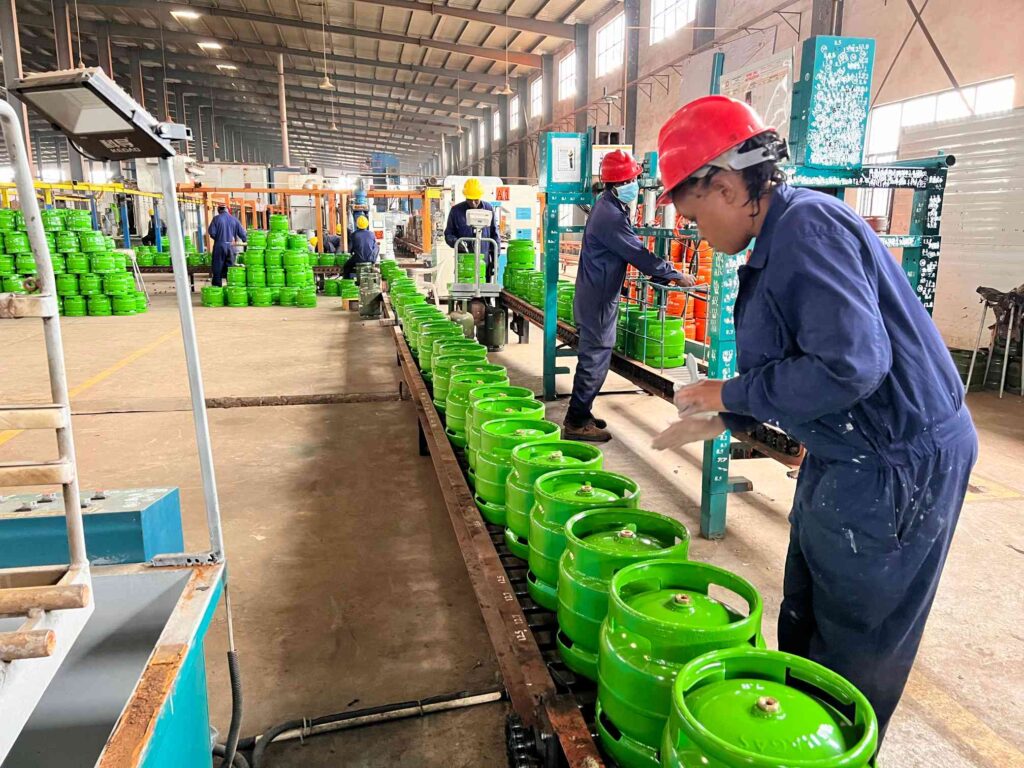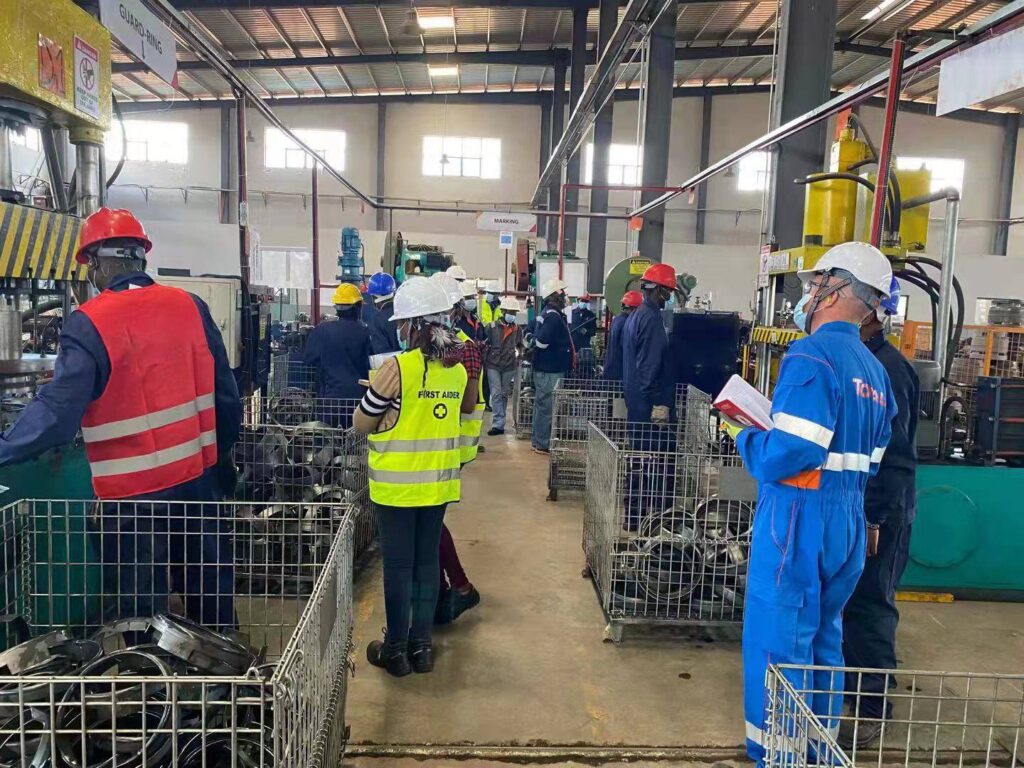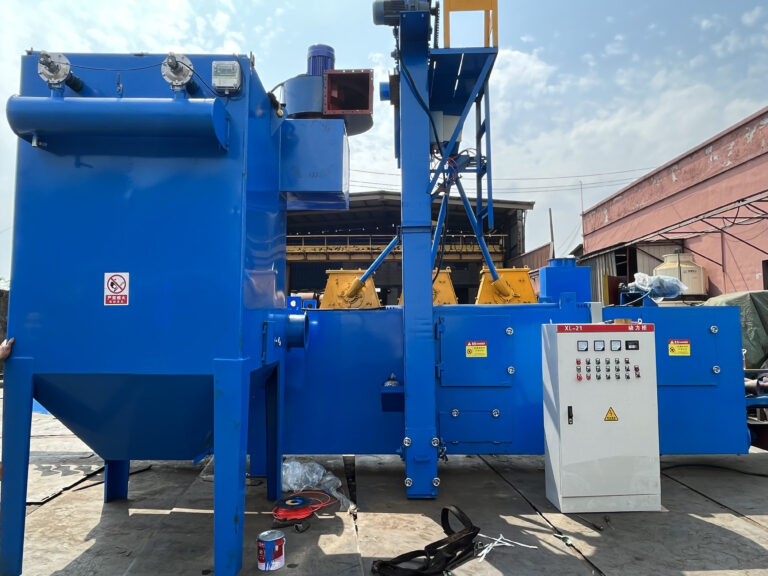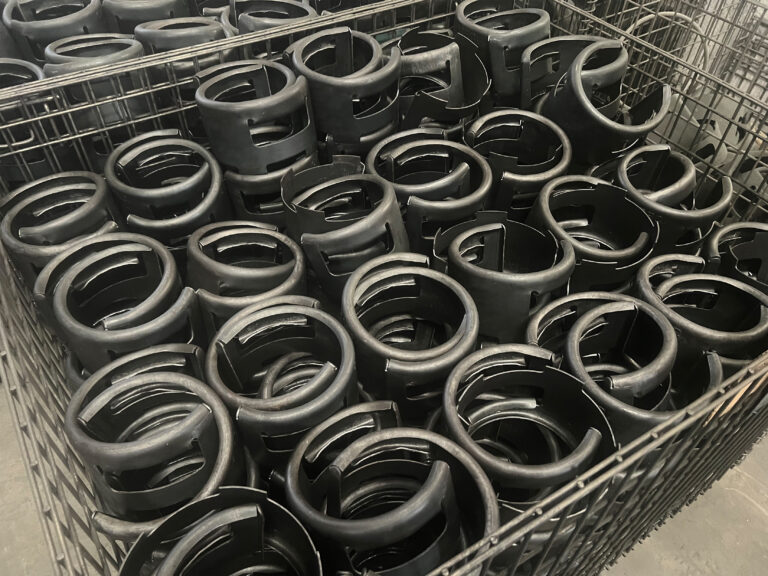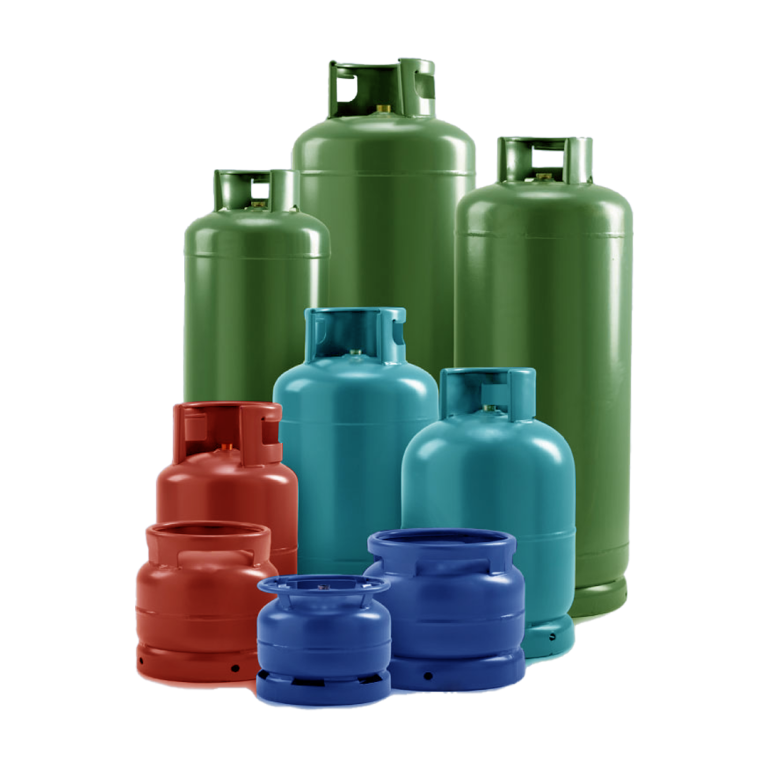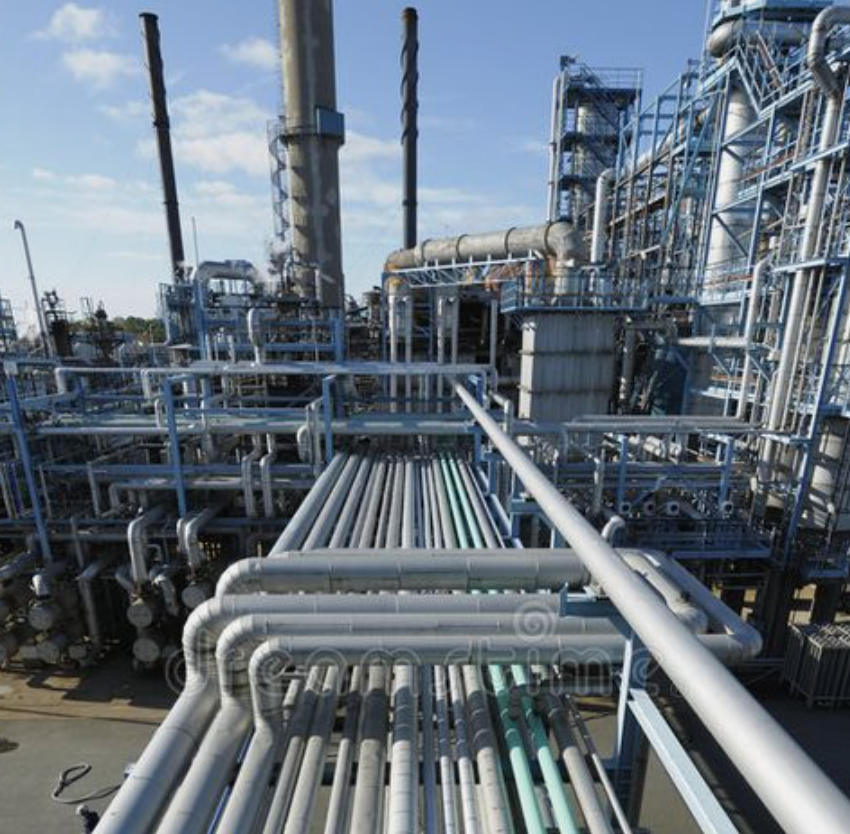The crisis in Ukraine has put the development of renewable energy in European countries on a “fast track”. Affected by the sanctions against Russia, the EU has tried every means to “increase revenue and reduce expenditure”. On the one hand, it has to find another channel for natural gas supply and use more coal to meet short-term energy demand; , in order to achieve the goal of net zero emissions.In recent years, the EU has been committed to increasing the proportion of renewable energy, expecting to rapidly expand the use of renewable energy in power generation, industry, construction and transportation, help reduce energy prices, reduce dependence on imported fossil fuels, and achieve a low-carbon economy .
According to the renewable energy guidelines issued by the European Union, the binding renewable energy target for 2030 will be raised from the current 32% to at least 42.5%, which is almost double the current share of renewable energy in the EU.The European Union will install 41.4 GW of solar in 2022, a 47% increase from 2021, according to research by industry group Solar Europe. According to research from Imperial College London, 40% of the UK’s electricity will come from solar, wind, biomass and hydropower in 2022, a record high.However, the road to new energy transformation in Europe is far from as beautiful as it looks, and the vowed transformation ambition cannot hide many hidden worries. The implementation of green transformation policies is constrained by factors such as geopolitics and internal differences, and it is difficult to achieve the goal of quickly increasing renewable energy production capacity to make up for the current energy supply gap in the short term.
On the day of the North Sea summit, more than 100 companies issued a joint statement warning of supply chain bottlenecks in the rapid expansion of offshore wind energy in Europe and calling for public finances to support needed investments. According to estimates, the EU plans to achieve 300 GW of offshore wind power installed capacity by 2050, and the investment demand will reach 800 billion euros.
On the issue of how to carry out energy transition, EU member states each have their own “bacus”. The two giants of France and Germany disagree on whether the development of nuclear energy and whether and to what extent low-carbon energy such as nuclear energy should be included in the EU’s green energy expansion goals. Mujitaba Rahman, general manager of Eurasia Group, said that the German-French “motor” at the heart of the EU has collapsed, and this collapse has undermined the EU’s agenda in areas such as climate.The European Union’s efforts to advance the green transition have also been affected by energy supply security and high costs. According to German media reports, rising energy prices have caused about 40% of German SMEs to postpone investment in green and digital transformation. Polls also show that more people worry that the transition to more climate-friendly energy will lead to further increases in energy prices.
The International Energy Agency also stated that it is not easy for the EU to use renewable energy to completely solve the energy crisis. The share of renewable energy in electricity production in the EU is expected to be “well below” the EU’s estimated 69% by 2027, and it will take time to reduce dependence on fossil fuels. Governments across the EU need to minimize policy uncertainty, simplify licensing procedures, and accelerate transmission and distribution network upgrades.


